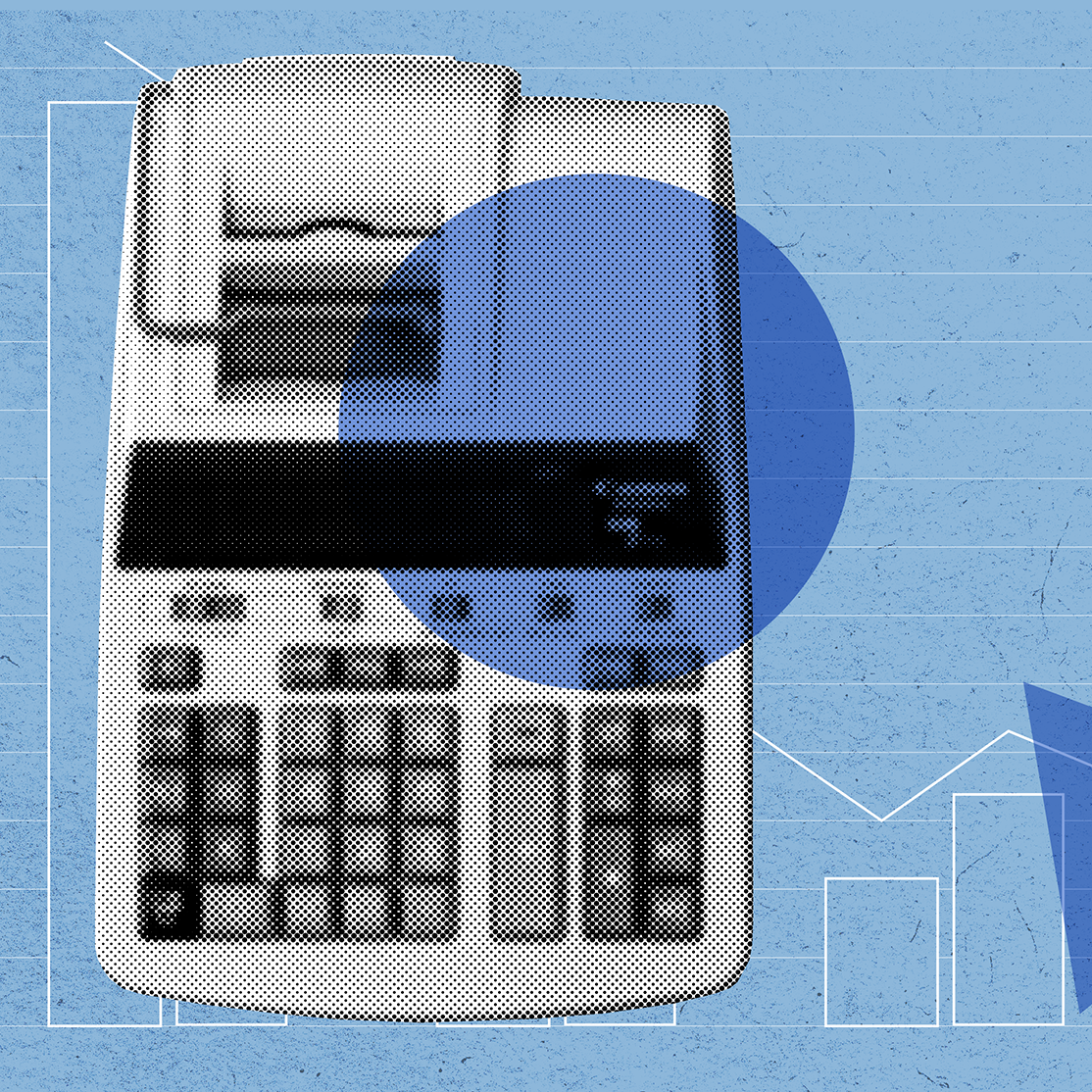State Debt Management
State officials often choose to borrow money to finance large expenses, such as expanding a congested highway or replacing defunct wastewater treatment plants. By distributing the cost of a large investment over many years, governments can free up cash on hand to meet their current day-to-day expenses. Borrowing for long-lasting infrastructure, primarily by issuing bonds, also spreads the cost over generations of taxpayers, enabling states to finance multiple pressing needs simultaneously. As debt financing continues to be an attractive option for states seeking to bolster aging public facilities, utilities, and services, it is important for policymakers to understand how much debt they can afford.
However, policymakers often lack the data needed to make informed decisions about their debt—from appropriate borrowing levels to the way the debt is structured. Compounding this challenge, many states do not have systematic ways to collect, evaluate, and monitor debt-related data.
To address these difficulties, The Pew Charitable Trusts conducts research to help states better understand and administer their debt. Among the primary tools to do this is a debt affordability study, which helps states evaluate their capacity to repay existing obligations and make informed decisions on issuing and structuring any new debt.
Additional Resources

Article
March 22, 2021Shortsighted Budgeting in Tough Times Can Create Long-Term Problems
Faced with limited options, especially during difficult economic times, state legislative and executive leaders often respond to immediate fiscal challenges by balancing current budgets at the expense of...
Article
March 22, 2021Local Communities May Need State Help to Recover From Recession
States benefit from the well-being of their localities, but also feel the pain when their communities struggle. When that happens, state governments can pay a price both fiscally and economically—because...














